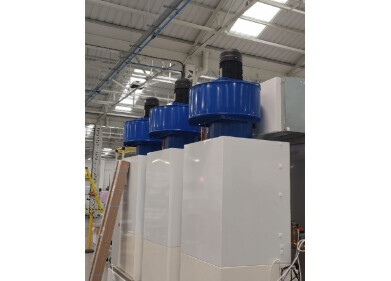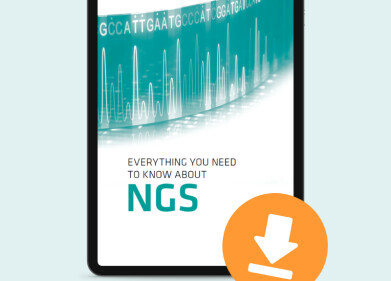Laboratory Products
What Are 'Designer' Antibodies?
Jun 30 2020
The concept of ‘designer antibodies’ as a potential cure for cancer is the latest breakthrough from researchers at the University of Pennsylvania (UPenn), who hope to harness their disease-fighting potential to treat cancers such as lymphoma. UPenn oncologist Stephen Schuster says that where traditional cancer therapies such as checkpoint inhibitors and bone marrow transplants have failed, bispecific antibodies could step up.
Bispecific antibodies explained
Also known as BsAbs, bispecific antibodies are proteins that can simultaneously attach to two different antigens or epitopes. They’re created by pairing two individual antibodies to create a single, double-sided antibody that can target two antigens at the same time. BsAbs can be produced in a variety of different structural formats, ranging from compact proteins to large molecules. Over the past decade, BsAbs have gained traction in the cancer research sphere for their ability to simultaneously bind to multiple targets and trigger a powerful immunological response.
Building a ‘molecular rope’
Schuster and his team tested the concept on a lymphoma patient, using a bispecific antibody to attach the patient’s natural T cells to cancerous cells. A type of lymphocyte, T cells play a key role in the body’s immune response. The bispecific antibody served as a ‘molecular rope’, with one end binding to the surface protein of a T cell and the other attaching to an antigen, aka a tumour marker. The bispecific antibody then forces the two cells together to trigger a formidable T cell attack that releases toxic enzymes and destroys cancerous cells.
The success of the bispecific antibodies trial could represent an exciting step forward for cancer research, with Johns Hopkins Medicine haematologist Robert Brodsky hailing the research as a “potentially fundamental change” and saying “if bispecific antibodies can do what CAR T cells can do, this would represent a big advance.”
Avoiding a cytokine storm
To minimise the risk of sending the body into a cytokine storm, scientists are designing bispecific antibodies that target immune cells known as natural killers (NK). This helps prevent an out-of-control inflammatory response, with Dmitri Wiederschain, Head of Immuno-Oncology Research at French multinational pharmaceutical company Sanofi saying, “NK cells are very potent tumour cell killers if activated, and the cytokine release is significantly reduced with this cell type.”
Ease and efficiency are other factors driving the advent of bispecific antibodies. Scripps Research Institute Professor Christoph Rader says, “antibody engineering has become so sophisticated, it’s possible to make these molecules quite efficiently.”
Want to know more about what’s happening in state-of-the-art laboratories around the world? ‘Choosing the right safety cabinet to advance your gene therapy research’ introduces the latest techniques used in the biotechnology industry, including CRIPSR.
Digital Edition
Lab Asia 31.2 April 2024
April 2024
In This Edition Chromatography Articles - Approaches to troubleshooting an SPE method for the analysis of oligonucleotides (pt i) - High-precision liquid flow processes demand full fluidic c...
View all digital editions
Events
Apr 22 2024 Marrakech, Morroco
Making Pharmaceuticals Exhibition & Conference
Apr 23 2024 Coventry, UK
Apr 23 2024 Kintex, South Korea
Apr 23 2024 Seoul, South Korea
Apr 24 2024 Jakarta, Indonesia

.jpg)






.jpg)









